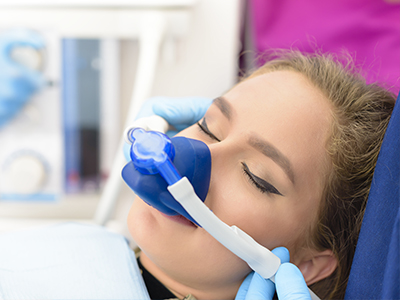General Anesthesia
Copyright ©2019 all rights reserved
Designed by MHW
 What are the types of dental anesthetics?
What are the types of dental anesthetics?Anesthesia means a lack or loss of sensation. This can be with or without consciousness.
Today there are many options available for dental anesthetics. Medications can be used alone or combined for better effect. It’s individualized for a safe and successful procedure.
The type of anesthetics used also depends on the age of the person, health condition, length of the procedure, and any negative reactions to anesthetics in the past.
Anesthetics work in different ways depending on what’s used. Anesthetics can be short-acting when applied directly to an area or work for longer times when more involved surgery is required.
The success of dental anesthesia depends on:
Other things that may effect dental anesthesia include the timing of the procedure. ResearchTrusted Source also shows that inflammation can have a negative impact on the success of anesthetics.
Also, for local anesthesia, teeth in the lower jaw (mandibular) section of the mouth are harder to anesthetize than the upper jaw (maxillary) teeth.
There are three main types of anesthesia: local, sedation, and general. Each has specific uses. These can also be combined with other medications.
Local anesthesia is used for simpler procedures like a cavity filling, which requires a shorter time to complete and is generally less complicated.
You will be conscious and able to communicate when you get a local anesthetic. The area will be numb, so you won’t feel pain.
Most local anesthetics take effect quickly (within 10 minutes) and last 30 to 60 minutes. Sometimes a vasopressor such as epinephrine is added to the anesthetic to increase its effect and to keep the anesthetic effect from spreading to other areas of the body.
Local anesthetics are available over the counter and as a prescription in gel, ointment, cream, spray, patch, liquid, and injectable forms.
They can be used topically (applied directly to the affected area to numb) or injected into the area to be treated. Sometimes, light sedation is added to local anesthetics to help relax a person.